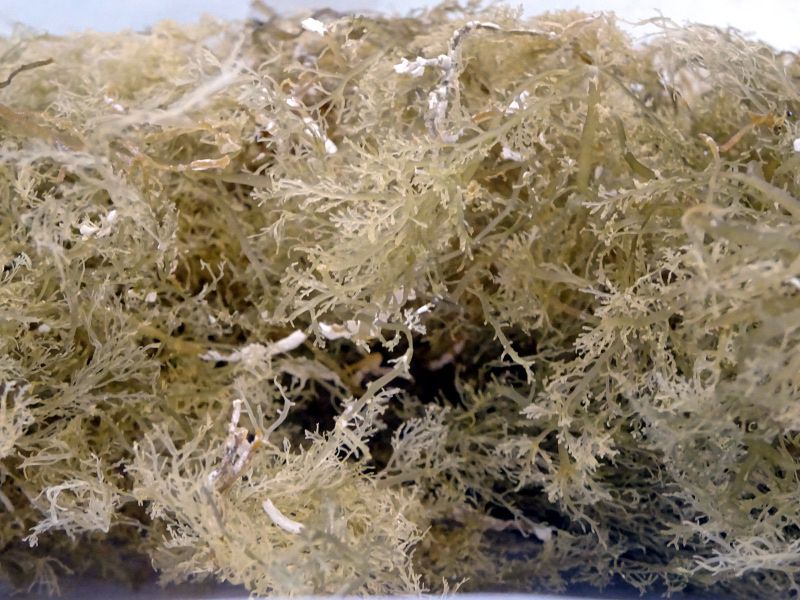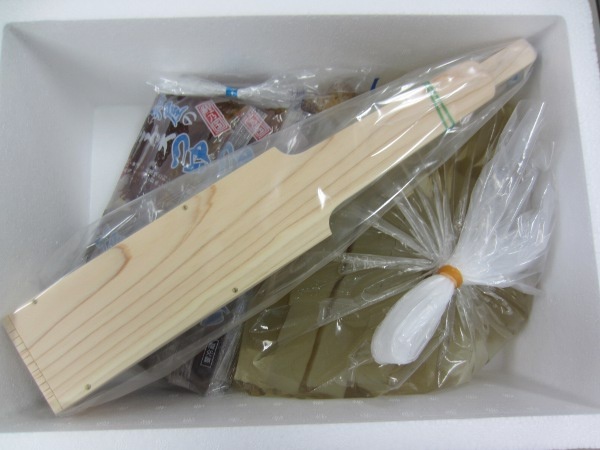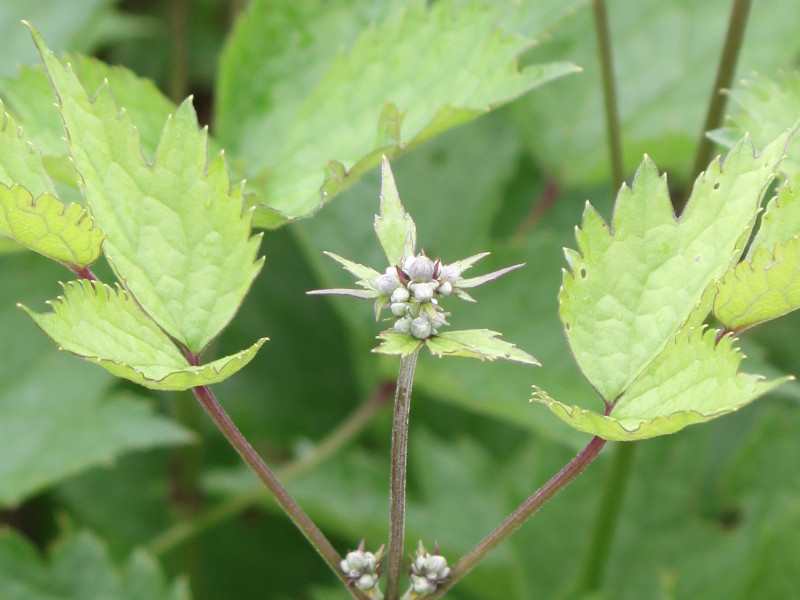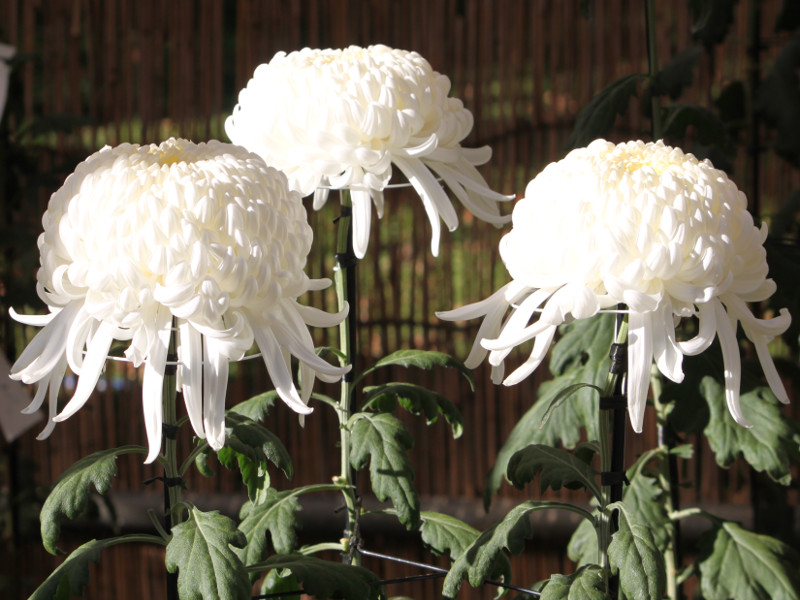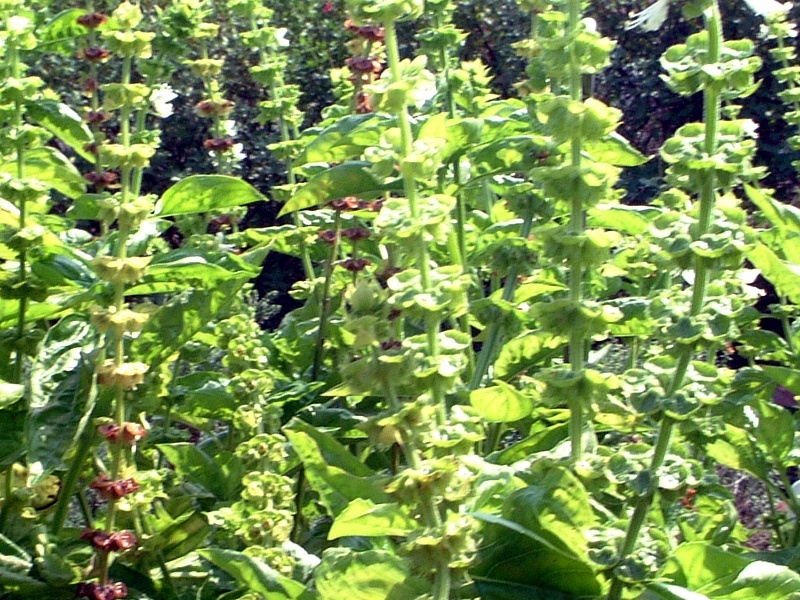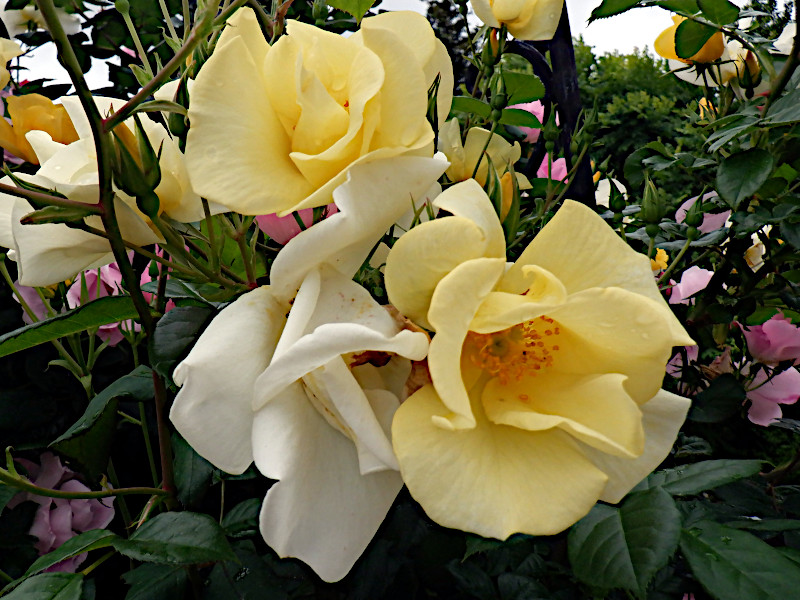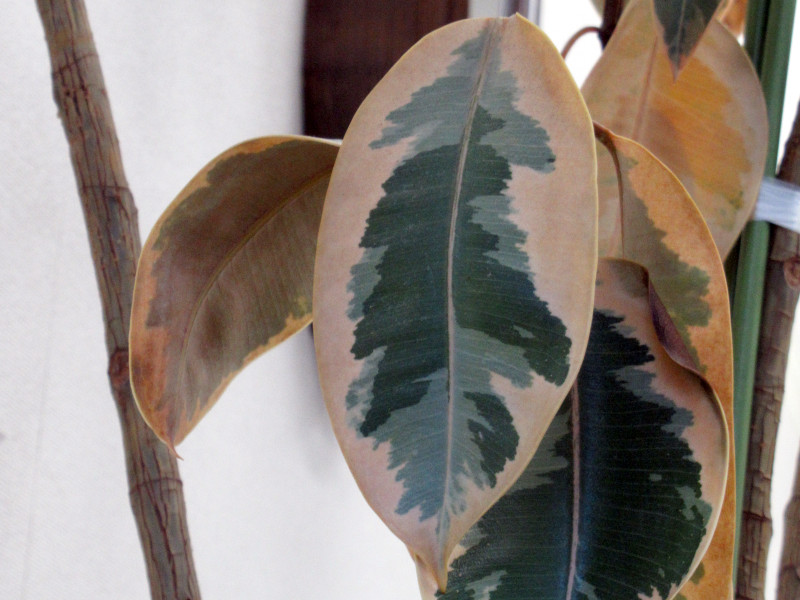Agar
- Flower nameAgar
- Scientific nameGelidium elegans
- Alias石花菜, 天草, agar
- Place of originThe Pacific coast of the United States, Mexico, Chile, Japan and Korea
- Place of floweringSeashore
- Flowering seasonApril, May, June
What is Agar
Agar or Tengusa, scientific name: Gelidium elegans, is a seaweed of the family Gelidiaceae, native to the Pacific coast of the United States, Mexico, Chile, Japan and Korea. It has a cylindrical spindle and multiple branches that emerge from the side to form a dendritic structure that grows on rocks along the coast of Japan. It is a source of tokorotene. The genus includes the most common and Gelidium elegans, Gelidium pacificum, Gelidium japonicum), and Gelidium amansii. Agar(Kanten) is the dried dried dried tengusa, and tokoroten is the hardened version. It can be cut into long, thin pieces and eaten in juice, or cut into dice and eaten with molasses. Tokorotene is also used as a diet food for people suffering from obesity because it is almost entirely made up of water and has almost no nutritional value. It is also used as a medium for experiments.
General: agar, aka: Tengusa, scientific name:Gelidiaceae, Habitat: Hokkaido - Pacific coast of Kyushu in Japan, primary production: Izu Islands, Izu peninsula, Ise-Shima, Shikoku, harvesting season: April-June, applications: each portion, agar
Common Name: Agar or Tengusa, Scientific Name: Gelidium elegans, Origin: Pacific Coast of the United States, Mexico, Chile, Japan and Korea, Habitat Distribution: Pacific coast reefs of Japan from Hokkaido to Kyushu. Zone, Body color: reddish-purple, Height: 10-30 cm, Collection period: April-June, Season: June-October, Main production area: Izu Islands, Izu Peninsula, Ise-Shima, Shikoku, Use: Tokoroten, agar, medium.
